The The 24th Annual Fred Eaglesmith Charity Picnic, coming up in August, includes both a pie auction and a pickle contest. As well as music from Fred Eaglesmith and his retinue. The mind boggles.
Fred Eaglesmith fun fact: his song I Shot Your Dog was written about Catherine. Who did.
I have the benefit of having, in my friend Andrea Ledwell, a design-focused Toronto concierge who never steers me wrong.
On last week’s trip to the city, Andrea again showed her expertise, first by guiding us to the delightful FIKA Café in Kensington Market, where I enjoyed an iced coffee spiced with cardomom bitters and mint, and where Oliver, Andrea and I passed a very pleasant few hours in the early summer afternoon catching up.
From FIKA we walked to Wonder Pens on Clinton Street, a store after my own heart that evokes the best stationery shops in Berlin.
Along with ink cartridges and some glassine envelopes, I purchased a pad of “map paper” from the Japanese studio drop around:
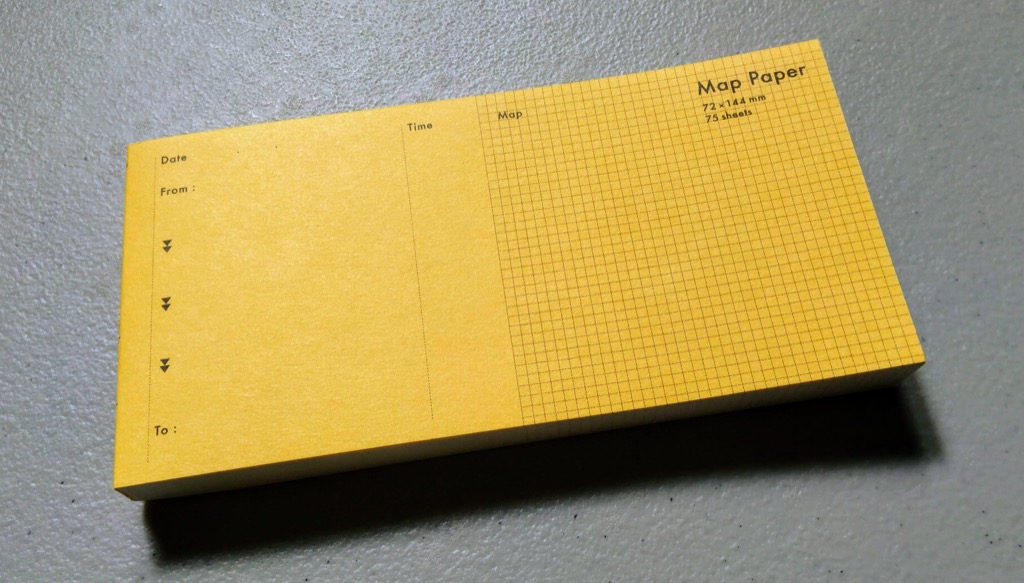
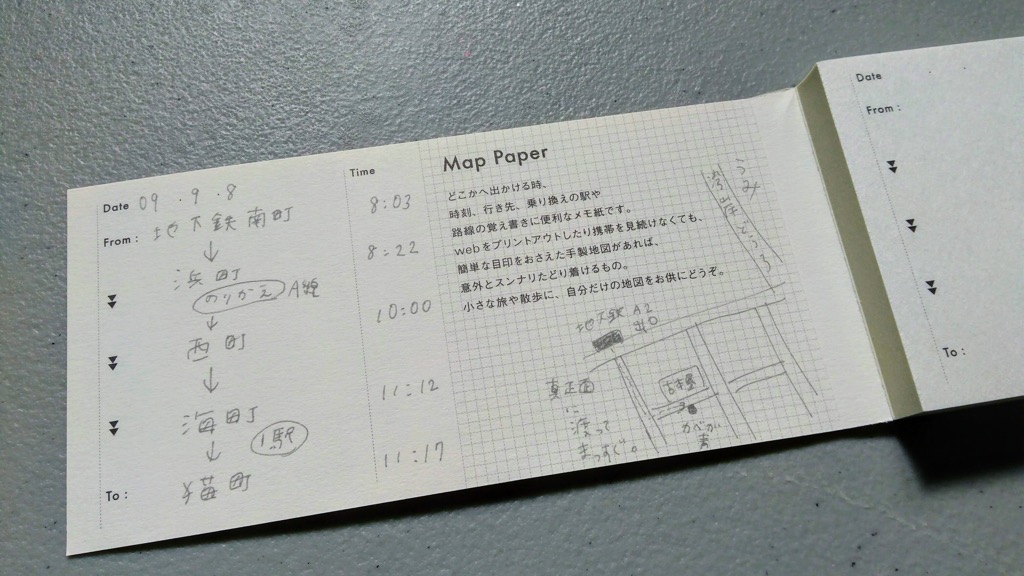
It’s an inventively-crafted tool that comes with a handy guide to its use on the inside front cover. And exactly the kind of object I strive to create. Be sure to check out drop around’s range of paper goods in its web shop; excellent food for thought.
Between our house at 100 Prince Street and our neighbours toward the water at 98 Prince Street is our driveway and, on their side of the property line, a strip of sidewalk that leads to their backyard.
When we bought the house in 2000 our asphalt driveway was already in sorry shape, and in the years since it has only gotten worse, due a combination of freeze-thaw action, our car parking on it, and the occasional piece of heavy equipment driving over it.
We’ve been talking to our neighbours Karen and Angus about doing something about the driveway for a couple of years, and Angus, an engineer, perfectionist, and great lover of the neighbourhood, took it upon himself to adopt this as his personal mission this summer.
Over the last 3 days, Angus and his son Henry, and Henry’s friend Jacob, have, through sheer strength of will and back, turned the former asphalt driveway into rubble, leaving us with a fresh canvas for a new poured-concrete creation that Angus has fixed in his imagination.
Before the concrete gets poured, we’re going to have a mason in to look at the also-crumbling brickwork that makes up the top 2 feet of our foundation, but that should be (we hope) quick work, and, assuming Angus maintains his frenetic pace, we should be parking on a new driveway by month’s end.
Until last week, I’d conflated William Lyon Mackenzie and William Lyon Mackenzie King, despite them occupying different centuries. I wasn’t entirely off-base, as the former is the latter’s grandfather. And both played an important role in the political life of Canada. But: two people, not one.
This all came into sharp focus a week ago today when, passing through Queenston while from Niagara-on-the-Lake to Niagara Falls, we came to a sign pointing to the Mackenzie Printery. I immediately veered left, recalling that this was the site of an important part of Canada’s printing history, and a collection of historic printing equipment to boot.
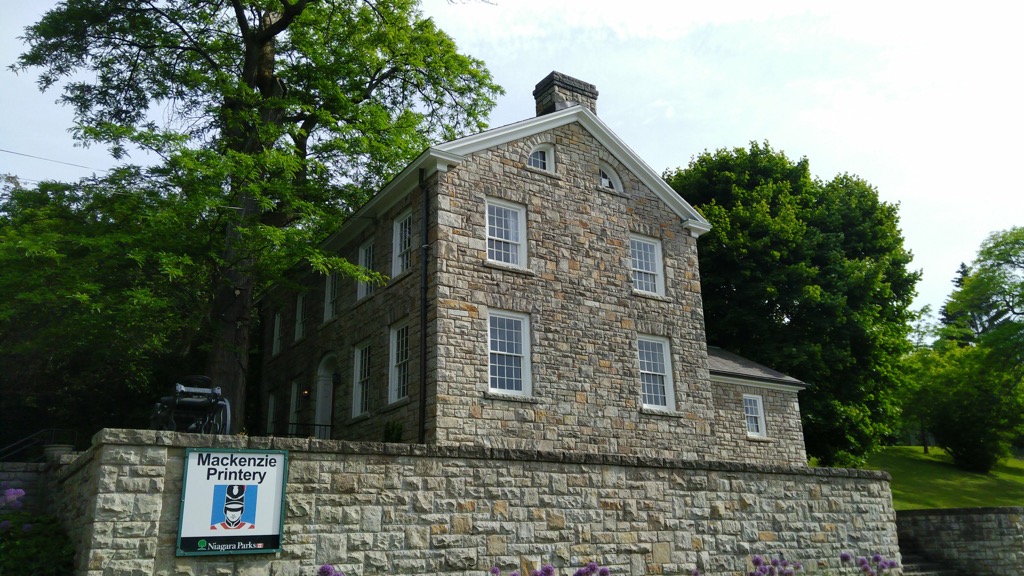
I was not disappointed: the Mackenzie Printery is the restored home and office of William Lyon Mackenzie (the elder of my conflation), a young Scot who immigrated to Canada at 25. He went on to found the Colonial Advocate, a important element in the march toward responsible government in Canada.
The Printery celebrates Mackenzie’s early life, and the art of letterpress printing, and a visit includes a couple of hands-on printing exercises that allows one to get a feel for metal type and the process of printing on a common press. Here’s my mother setting her name:
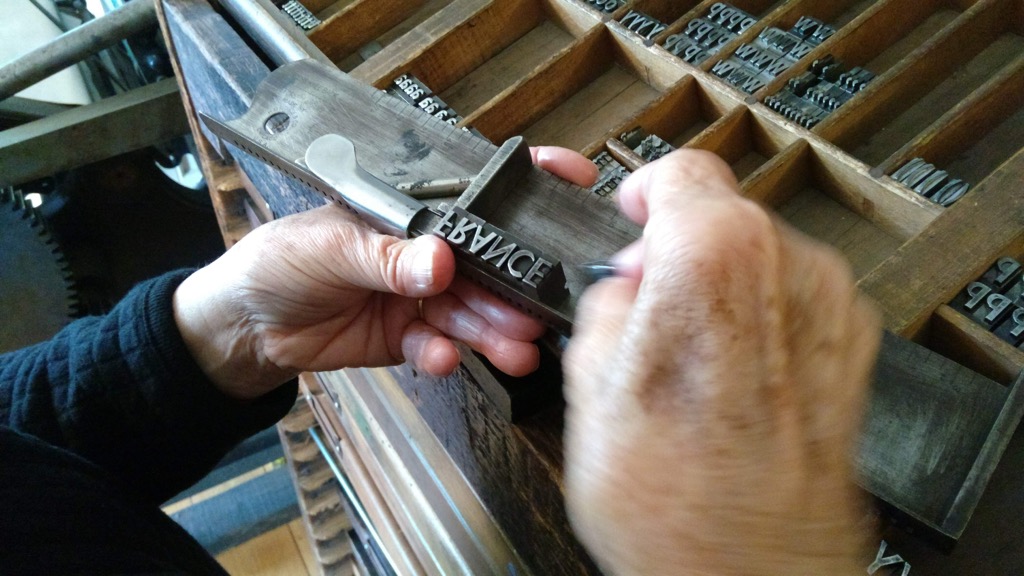
The story of the Colonial Advocate itself is an interesting one. Issue № 1, which the Printery sells reprints of, lists the members of its initial mailing list, which included the Marquis La Fayette and the President of the United States. The balance of the issue is the report of a coroner’s jury about the accidental death (or was it!?) of one Colonel Nichol. Despite the 194 years since it was published, it’s a gripping read.
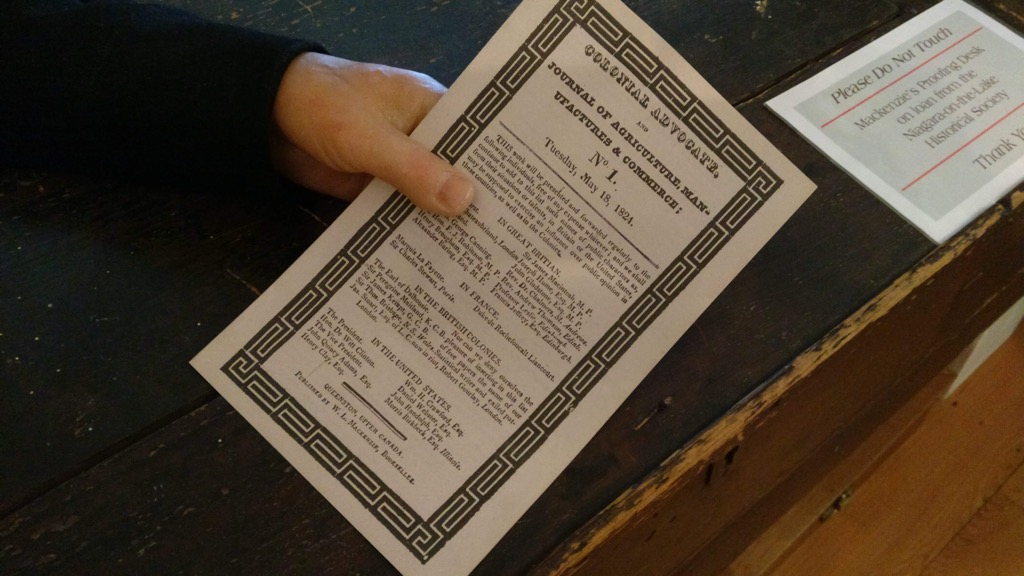
The Colonial Advocate started life in Queenston but moved, with Mackenzie, to Toronto, where its offices were the scene of the 1826 raid, by forces tied to Ontario’s ruling oligarchs, of the newspaper’s offices and the subsequent dumping of the paper’s type into Lake Ontario. This attack came to be known as the “Types Riot,” and Mackenzie’s blow-by-blow deconstruction of the events is fascinating. It includes a lovely map of the area surrounding the office (which you can better situate if you compare it to this 1827 map of the city)
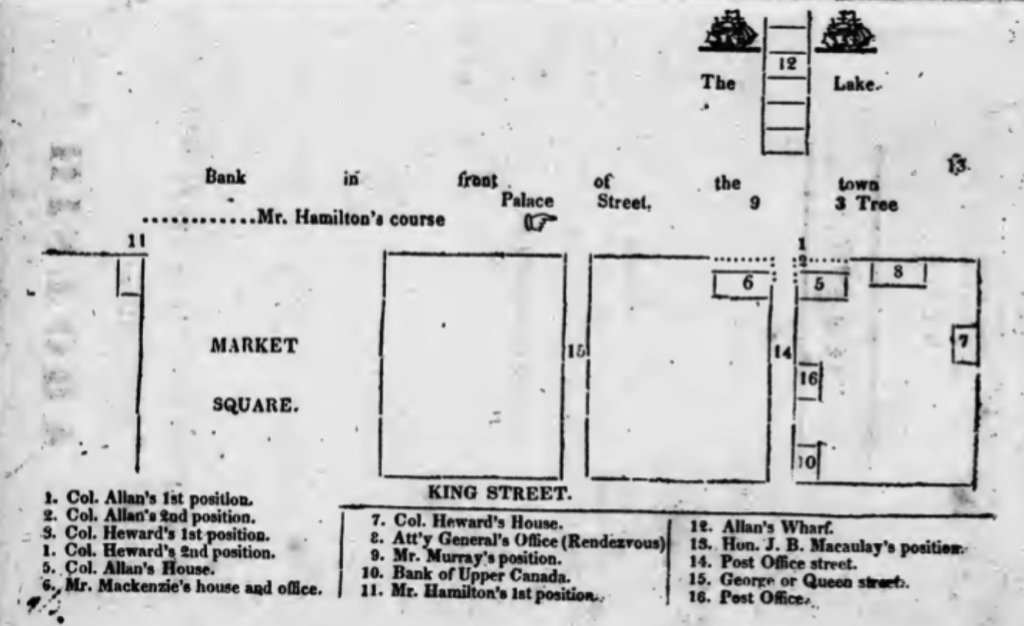
Two days later, Oliver and I found ourselves with a day to ramble around Toronto, and our travels took us to the same “Market Square” pictured in the map (the current site of St. Lawrence Market) and then up George Street to Adelaide Street (then known as Duke Street) to the site of Toronto’s First Post Office, now a post office again, and the site of a small museum of postal and local history. Where, as it happens, we found a sketch of William Lyon Mackenzie and a brief paragraph about how his advocacy included concerns about the corruption of the mails.
From the post office, we walked along Adelaide to Church, up Church to Dundas, and along Dundas to Bond, where we visited Mackenzie House, the townhouse where William Lyon Mackenzie lived at the end of his life. Between his early days in Queenston, beyond his publishing activities, Mackenzie declared an independent Republic of Canada on Navy Island in the Niagara River, served in the Legislature, was the first mayor of Toronto, staged the failed Upper Canada Rebellion, lived in exile in the USA, and served in the Legislative Assembly again.
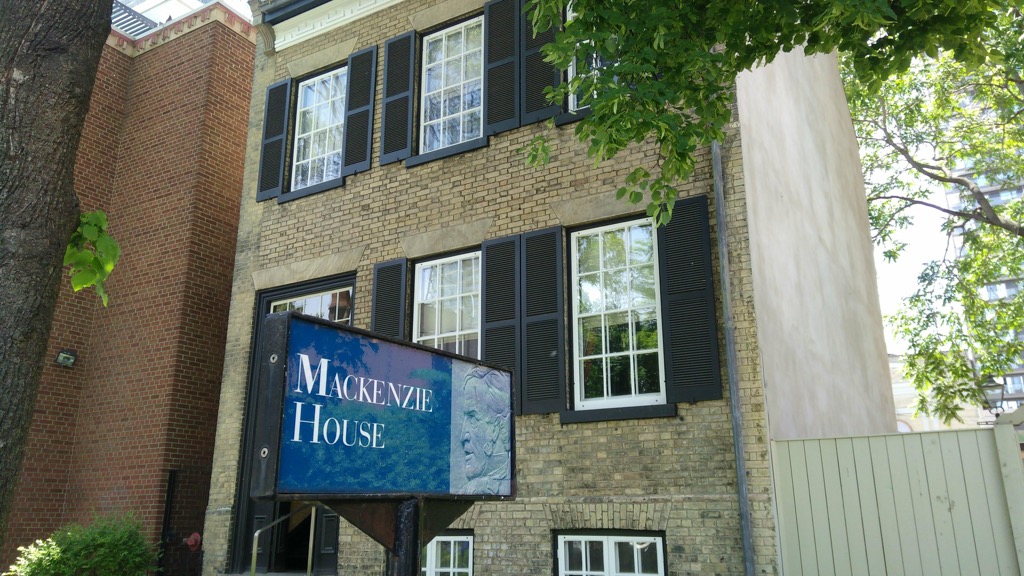
Mackenzie House, beyond its interpretation of Mackenzie and the life of his family, presents a tableau of mid-19th century middle class life in Toronto. We had an excellent tour guide to show us the house and to explain Mackenzie and his times, especially how his family fit into the social framework of the city. In the modern addition at the back of the property is a very complete print shop–another homage to Mackenzie’s life as a printer–where we saw a school group busy at work learning the basics of setting type and printing.
The master bedroom of the house is on the top floor of the house and it’s where Mackenzie died in 1861. While his actual bed is no more the nightstand beside it was his own, and room had a palpable feel of historical importance to it.
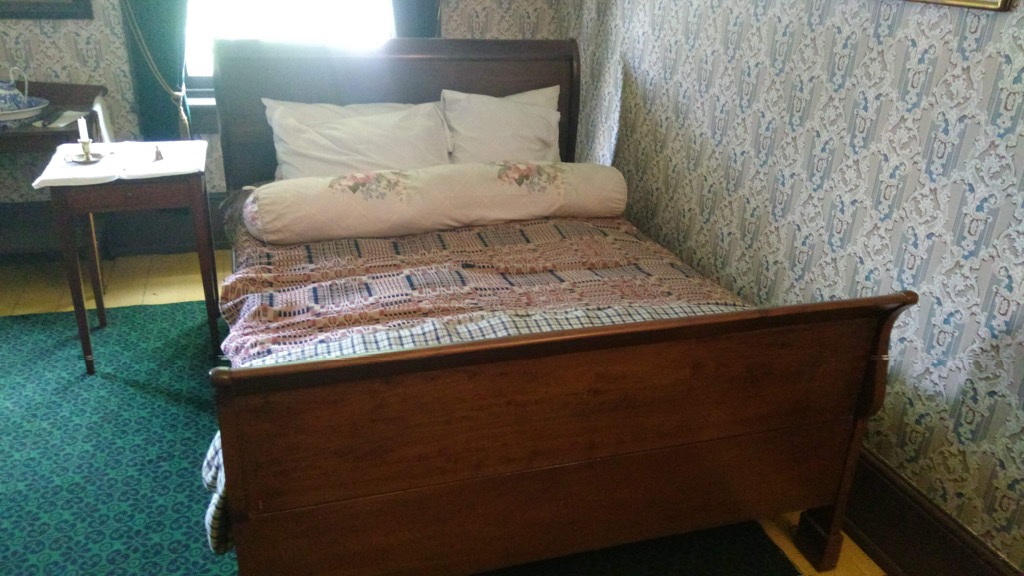
We didn’t go to Ontario to seek out William Lyon Mackenzie, but I’m so glad that he found his way into the fabric of our travels; he deserves more veneration than he’s received as a Canadian pioneer of printing, publishing and politics.
My first couple of mobile phones were ones that I bought directly from Island Tel Mobility, the only local wireless carrier at the time on Prince Edward Island. I had to buy a phone from them because their CDMA network didn’t support phones with SIM cards; only their phones worked on their network.
When Rogers moved into the PEI market, with its GSM network, an entirely new world of phone choice opened up because Rogers allowed you to purchase a SIM card from them and stick it in whatever device you wanted and, as long as the device supported Rogers’ GSM frequencies, you were good to go.
Since that time, I’ve only ever used unlocked phones I’ve purchased outright from places other than carriers, and I’ve never had any problems both using these locally (first with Rogers, then with Virgin and, most recently, with Eastlink) and while traveling (by obtaining a local SIM in whatever country I’m in for temporary use; like this time in Berlin, for example).
I’ve always believed strongly that I should have the freedom to bring whatever hardware I want to a wireless carrier, and I’ve always avoided the “free” locked phones, with their long-term contracts, that carriers have long used as a way of locking in customers.
A year ago, here in Canada, the CRTC, which regulates the wireless industry, supported this philosophy by requiring phones to only be sold unlocked, and by banning unlocking fees.
This week I’ve learned that my current carrier, Eastlink Wireless, has taken a step backwards, and will now only support phones that it sells itself (a limited list that includes iPhones, and several Samsung and LG models of Android phone). They no longer support general-purpose “bring you own phone,” something I’ve had confirmed by email, chat and a telephone conversation (I simply couldn’t believe it was true).
It remains unclear to me whether I’m required to use one of the phones from this list, or whether they simply won’t support other phones; here’s what a salesperson emailed me when I asked:
We have launched our new Voice over LTE network across PEI and the phones that can connect to our new network must be compatible. We have a full suite of Volte phones available but do not bring over non Volte devices at this time. They will not connect to our 4g LTE Volte network and therefore will not give you optimum coverage.
The conceit here appears to be that, to optimize its spectrum, Eastlink is emphasizing its Voice Over LTE service (Volte), and has decided only to support Volte-capable phones, and, additionally, they’ve only decided to support the subset of Volte-capable phones that they sell themselves.
I can bring one of these phones to Eastlink, unlocked, and they’ll support it, so it’s not a complete prohibition against “bring your own phone,” but it remains a significant departure from past-practice, and a blow to customer hardware freedom.
I’m looking for someplace else to take my business.
Oliver and I had the chance to learn about my nephew’s plans for community college this fall, where he’ll enter the Community Integration Through Co-Operative Education program at Georgian College in Orillia, Ontario. The program is described like this:
This program is designed for students with diverse learning challenges who require academic accommodations and modifications. Students enhance their academic and vocational knowledge and skills in both core and integrated courses and practice this learning on field placements. Learning Facilitators modify integrated courses to students’ specific strengths and abilities, and provide accommodations, tutor and support sessions to ensure the work is challenging and achievable. Students prepare for success in entry-level work, and build independence and self-advocacy skills for adult life.
He’s very excited about attending, and Oliver got excited about the possibility of a similar program here on Prince Edward Island.
Unfortunately, no such program exists and, indeed, Holland College does not offer modified programming at all.
Reading Holland College’s Students with Disabilities page, I can understand why this is the case:
Holland College is committed to providing a fair and consistent admission process for all students, including students with disabilities, in accordance with their distinct needs and in a manner consistent with academic principles.
The college will attempt to accommodate your disability. An accommodation is reasonable providing it would not pose undue hardship to the college community, giving due consideration to budgeting requirements, outside sources of funding and support, and health and safety requirements, and would not in any manner reduce the standards, academic or otherwise, of the college.
If you have any kind of disability and wish to seek accommodation from Holland College:
- when you fill out your application, explain your training and academic needs
- provide relevant documentation of your disability to the Student Academic Supports department
You may be required to undergo an assessment to assist in the processing of your application.
Rather than embracing accessibility, Holland College, in essence, says “it’s okay if you have a disability, just don’t expect us to substantially change the way we do things.”
As a public institution, the college needs to do better than this.
If you’re someone who requires a support person when you travel, that person can travel with you on Air Canada, WestJet and VIA Rail at no cost; our family has benefited from this several times, and I’ve always appreciated the moral underpinning of this policy, which is known as “one passenger, one fare.”
We didn’t learn until this trip that the same policy extends to the UP Pearson Express and GO Train as well.
For the UP Pearson Express, which runs from Pearson Airport to Union Station, you simply by one ticket, and declare the support person to the ticket inspector on the train. Details here.
For the GO Train, you buy one ticket and have it stamped with a blue “Attendant” stamp on purchase, and the ticket is used for both people. Details here.
The TTC—public transit in Toronto—has a similar policy, but it requires the support person to have a special “Support Person Assistance Card.”
I wish that someone had told us about all of this at raising-a-child-with-autism school.

If you take the elevator from the main concourse at Toronto Union Station down to the GO Train concourse, you pass a room marked “New CACF Room.”
Croatian American Charitable Foundation? Common Application Configuration Framework? Camara Argentina de Contratistas Forrajeros?
No.
It’s the Central Alarm and Control Facilities room.
From the 2006 Ontario Building Code:
3.2.6.7. Central Alarm and Control Facility
(1) A central alarm and control facility shall be provided on the storey containing the entrance for fire fighter access referred to in Articles 3.2.5.4. and 3.2.5.5. in a location that,
(a) is readily accessible to fire fighters entering the building, and
(b) takes into account the effect of background noise likely to occur under fire emergency conditions, so that the facility can properly perform its required function under such conditions.
Now I really want to see what’s behind the CACF Room door.
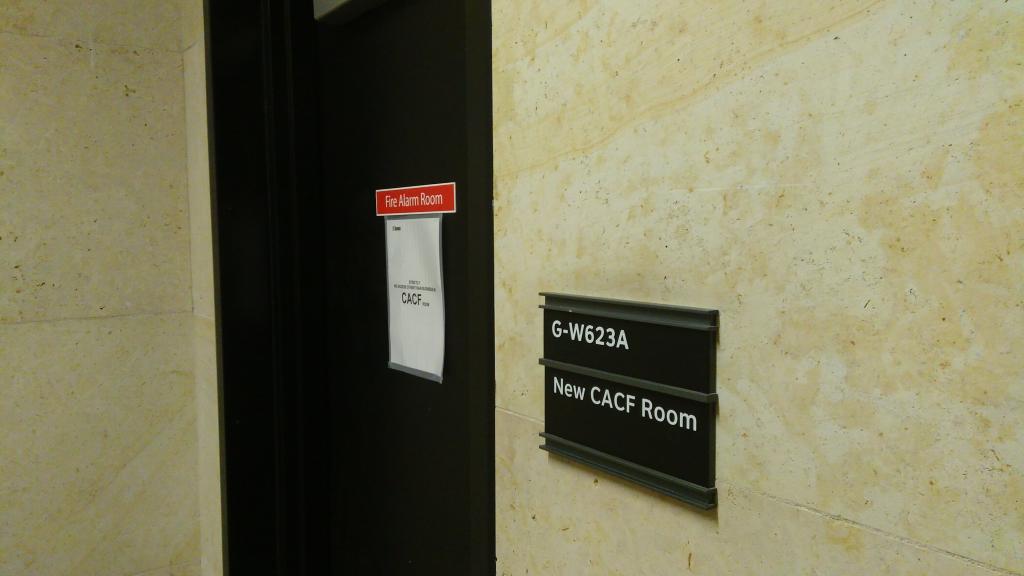
I am so enormously proud of Oliver for breezing through airport security this morning like it was the most natural thing in the world.
This was a Herculean effort for him, and the culmination of 18 months of working on his anxiety (see here).
The world is his oyster!
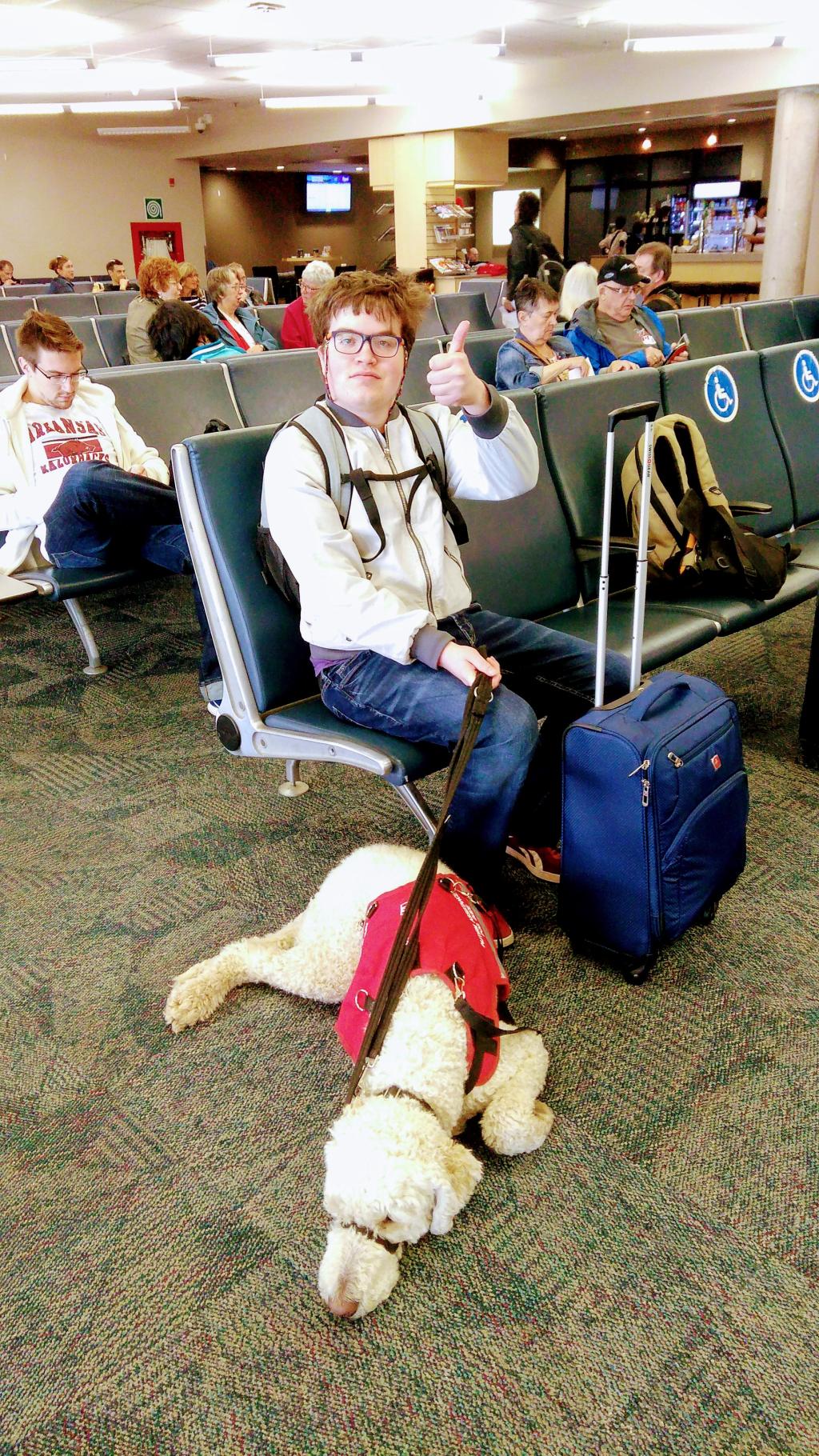

 I am
I am